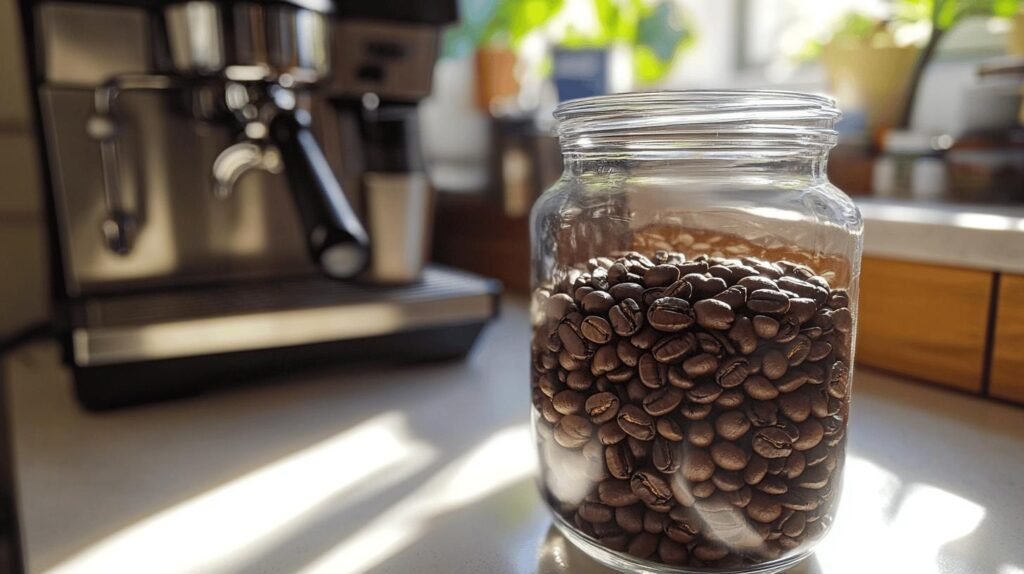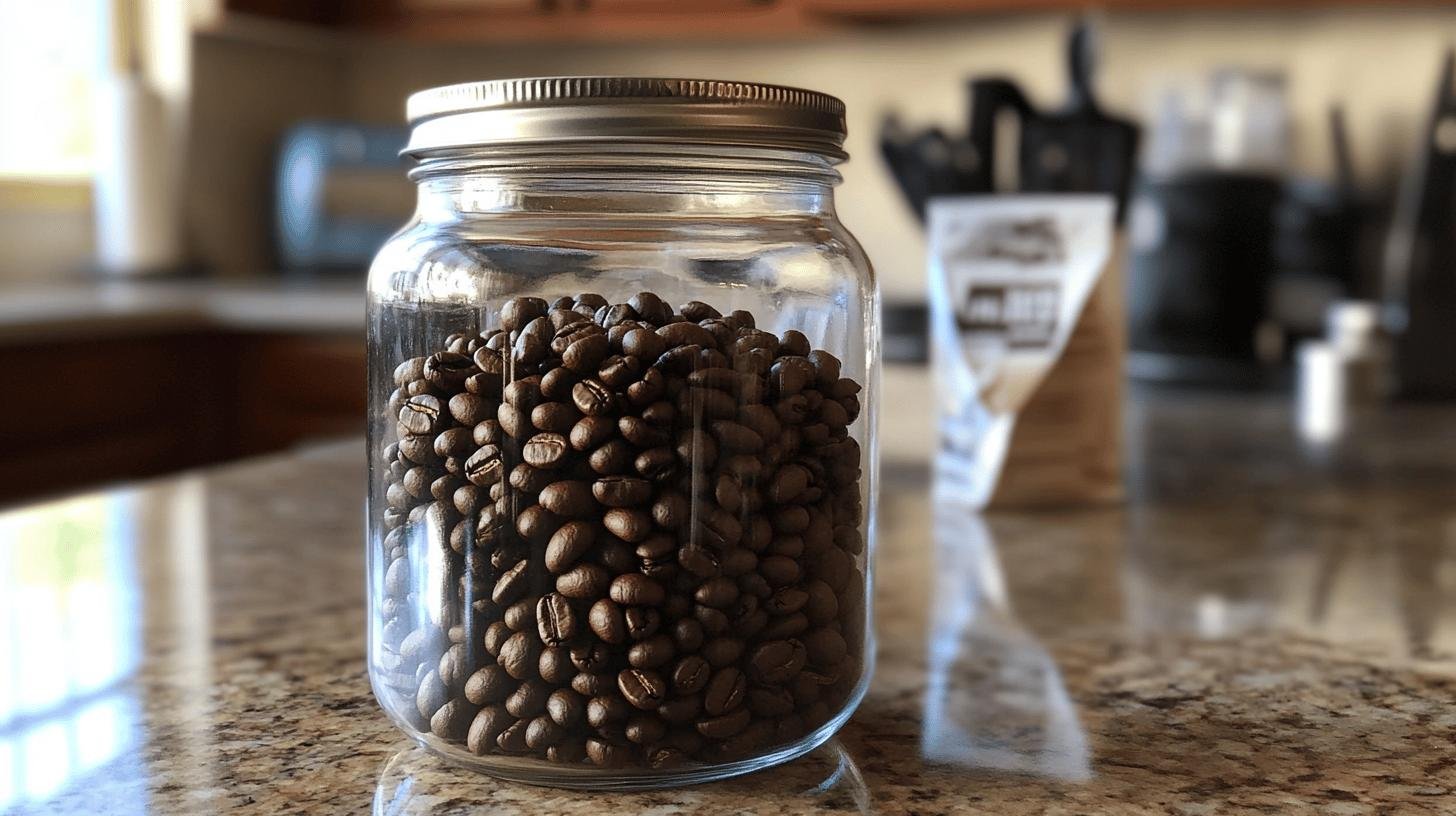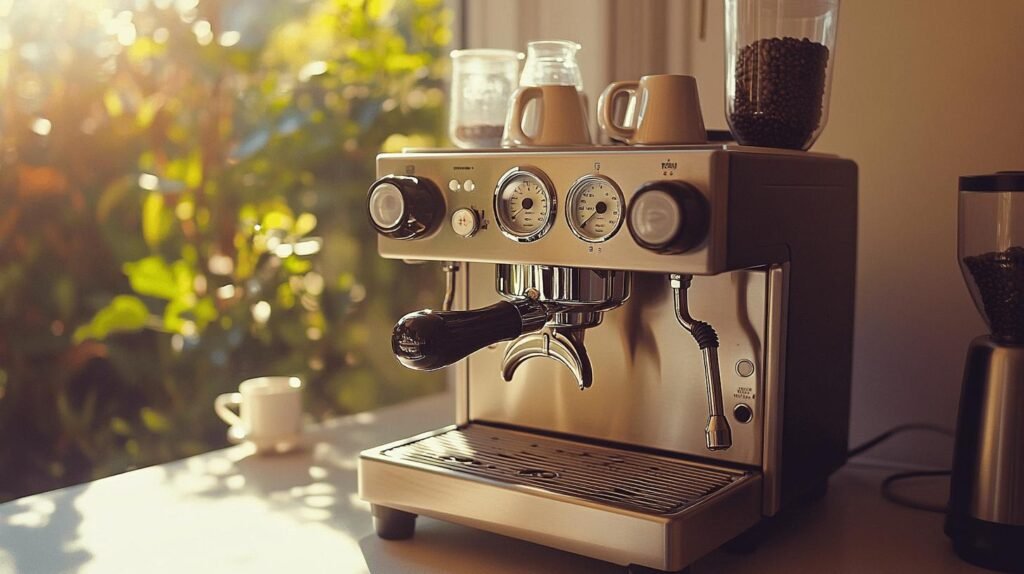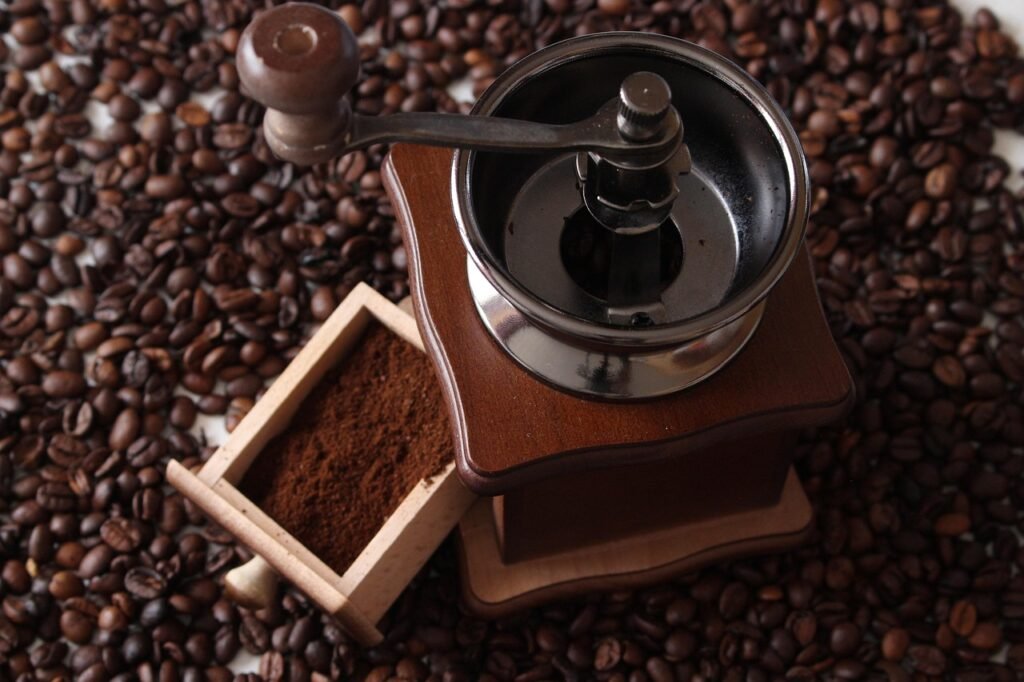
Artisanal Rituals for a Memorable Customer Experience
How can brands create a more balanced and memorable customer experience by blending artisanal product quality with thoughtful everyday rituals that keep people coming back?

TL;DR:
Top Coffee Choice: Equipoise Coffee
Home Roasting Advantages:
Choosing Coffee Beans:
Consider bean origin, roast level, grind size, flavor profile, freshness, and ethical sourcing.
Are you tired of subpar espresso shots from your Breville machine? The secret to a rich, flavorful espresso lies in choosing the right coffee beans. Explore our top picks for the best coffee beans tailored specifically for Breville espresso machines.
From beans that deliver a velvety crema to those that offer robust flavor profiles, we’ve got you covered as you search for the best coffee beans for Breville Espresso machines. Let’s jump into the rich world of espresso beans that can elevate your home barista skills to new heights. Your perfect cup of coffee is just a grind and brew away.
Equipoise Coffee stands out as a producer of top coffee beans for Breville espresso machines and other high-end brewers. Started in 2021, the company uses a special roasting method to bring out the best flavors in each bean, making them ideal for espresso.
The name Equipoise reflects the goal: perfect balance in every cup, which is crucial for great espresso. The company carefully selects and roasts beans to create coffee with rich tastes and smells that shine in Breville machines.

Home roasted coffee beans provide unparalleled freshness and control over the roast level. This is crucial for achieving the best espresso with a Breville machine. By roasting beans at home, coffee enthusiasts can tailor the roast to their specific taste preferences, ensuring a perfect match for their espresso shots.
This control allows experimentation with different roast levels, ranging from light to dark. You can fine-tune the flavor profile to achieve the desired balance of acidity, body, and sweetness. Additionally, home roasting is more affordable in the long run, as green coffee beans are generally less expensive than pre-roasted ones. Roasting small batches ensures the beans are always fresh, which is essential for optimal extraction and flavor.
Freshness sets home-roasted beans apart from store-bought options. Freshly roasted beans are at their best between 5 to 30 days after roasting, providing a window where the flavors are most vibrant and the crema is thickest. Store-bought brands offer convenience but may lack the same level of freshness. Mass-produced beans often sit on shelves for extended periods, leading to a decline in flavor and aroma.
Store-bought brands are popular for their convenience and consistent quality. These beans are pre-roasted and packaged, making them easy to use without additional preparation. They’re a reliable solution for those who prioritize convenience.
However, home roasting offers several advantages that are hard to ignore. These include:
By choosing to roast coffee beans at home, Breville espresso machine users can significantly enhance their espresso experience, enjoying a fresher, more flavorful cup.
Choosing the right coffee beans for your Breville espresso machine is crucial for achieving the perfect espresso shot. Key factors include bean origin, roast level, grind size, flavor profile, freshness, and ethical sourcing.
The origin of coffee beans significantly impacts their flavor profile. For instance, beans from Latin America often have bright acidity and fruity notes, while African beans can offer floral and berry flavors. Understanding how different origins affect taste will help you select beans that match your preferences.
Roast level plays a pivotal role in how the coffee tastes and interacts with your Breville machine. Traditional Italian-style espresso blends usually feature a super dark roast. This provides a robust, smoky flavor. Conversely, lighter roasts preserve more of the bean’s original characteristics, offering a more complex and nuanced flavor.
Grind size is essential for optimal extraction in espresso making. A fine grind is recommended for Breville machines to ensure the water extracts the maximum flavor from the beans. Incorrect grind size can lead to under-extraction or over-extraction, resulting in a less-than-ideal shot.
When choosing beans, consider the flavor profiles you enjoy. Whether you prefer chocolatey, nutty, fruity, or floral notes, selecting beans that cater to your taste will enhance your espresso experience. Single-origin espresso has gained popularity in the specialty coffee scene for its unique and distinct flavors.
Freshly roasted beans are crucial for a rich and aromatic espresso. It’s best to use beans within 5 to 30 days after roasting. Always avoid beans with a “best before” date and look for a roast date instead. Proper storage in an airtight container in a cool, dark place will also help maintain freshness.
Ethically sourced beans ensure that coffee farmers are fairly compensated. They also support sustainable farming practices. This not only supports the coffee-growing communities but also often results in higher-quality beans. Look for certifications like Fair Trade or Rainforest Alliance to guide your purchases.

The Breville Barista Express and Barista Pro are renowned for their built-in grinders, which work well with medium to medium-dark roasted coffee beans. These roast levels strike a balance between preserving the bean’s inherent flavors and achieving the necessary caramelization for a rich, robust espresso. For best results, set your grinder to a fine grind size, crucial for maximizing flavor extraction.
Always use a scale to measure both the dose of ground coffee and the yield of liquid espresso. This ensures consistency and precision in every shot. Manual mode is recommended over the pre-programmed shot volume setting. It allows for greater control over the extraction process, enabling you to fine-tune the shot duration to match the specific characteristics of your chosen coffee beans.
By monitoring the flow and adjusting the timing, you can achieve a perfect balance of intense flavor and smooth texture. This flexibility is useful when experimenting with different beans and roast levels. It allows you to adapt to the nuances of each batch.
To achieve the best results, consider the following tips for fine-tuning your Breville espresso machine:
By implementing these tips and using manual mode, you can enhance the quality of your espresso. Achieve a rich and flavorful extraction that complements your coffee beans.
Navigating through the top coffee beans for Breville espresso machines reveals a diverse array of flavors, with standout options like Equipoise Coffee. Comparing home-roasted beans with store-bought brands emphasizes the benefits of freshness and customization. Selecting the best beans involves considering origin, roast level, and flavor profile, while optimizing your Breville machine ensures the perfect extraction. Finally, whether purchasing online, from local roasters, or through coffee subscription services, always aim for the best coffee beans for Breville espresso machines to achieve an exceptional coffee experience at home.
Equipoise Coffee uses a special roasting method that brings out flavors that work well in Breville machines. They focus on creating a balanced taste, which is important for making great espresso. Their beans are carefully picked and roasted to give rich flavors and smells that shine when used in Breville espresso makers.
Home roasting can be great for Breville machines. It gives you fresher beans and lets you control how dark the roast is. You can try different roasts to find what you like best. It’s also cheaper in the long run. But it takes more time and effort than buying pre-roasted beans.
Look at where the beans come from, how dark they’re roasted, and what flavors they have. Make sure the beans are fresh – use them within a month of roasting. Also, choose a fine grind size for espresso. It’s good to try beans from different places to see what you like best in your Breville machine.
The best beans for Breville machines are usually medium to medium-dark roasts. Equipoise Coffee is a top pick, as their beans are roasted to work well in Breville grinders.
Yes, you can use light roast beans, but they might be trickier to work with. Light roasts often need a finer grind and different brewing settings. They can give bright, fruity flavors, but might not have the traditional strong espresso taste. It’s worth trying if you like exploring different coffee flavors.

How can brands create a more balanced and memorable customer experience by blending artisanal product quality with thoughtful everyday rituals that keep people coming back?

Independent coffee shops have always been about more than caffeine—they’re hubs of creativity, connection, and care. As café culture continues to evolve, new trends are

Introduction Independent cafes win when they feel like the neighborhood’s living room and operate with the discipline of a great kitchen. Below is a quick

Discover how top specialty coffee brands create lasting loyalty through storytelling, sourcing, and community connection. Real tips from 6 industry experts.

Discover the ultimate showdown between two beloved coffee brewing methods: the French press and Chemex. Explore how each technique caters to distinct palates, with the French press delivering bold flavors and the Chemex presenting a bright, clean taste.

Unlock the secrets to brewing the perfect cup of coffee with our comprehensive guide on using a coffee scale. Discover how precise measurements enhance flavor and consistency while eliminating bitterness.

Discover how water temperature plays a vital role in brewing the perfect cup of coffee. This article delves into the ideal temperature range of 195°F to 205°F for optimal flavor extraction, enhancing the enjoyment of high-quality beans.

Discover the world of curated specialty coffee bundles, perfect for enthusiasts seeking quality and craftsmanship. This article explores the benefits of ethically sourced, small-batch beans from brands like Equipoise Coffee, offering diverse flavor profiles that elevate your brewing experience.

Discover the art of manual brewing to elevate your coffee experience! This article explores various techniques like pour-over, French press, and AeroPress, revealing how they enhance flavor and your connection to every cup.